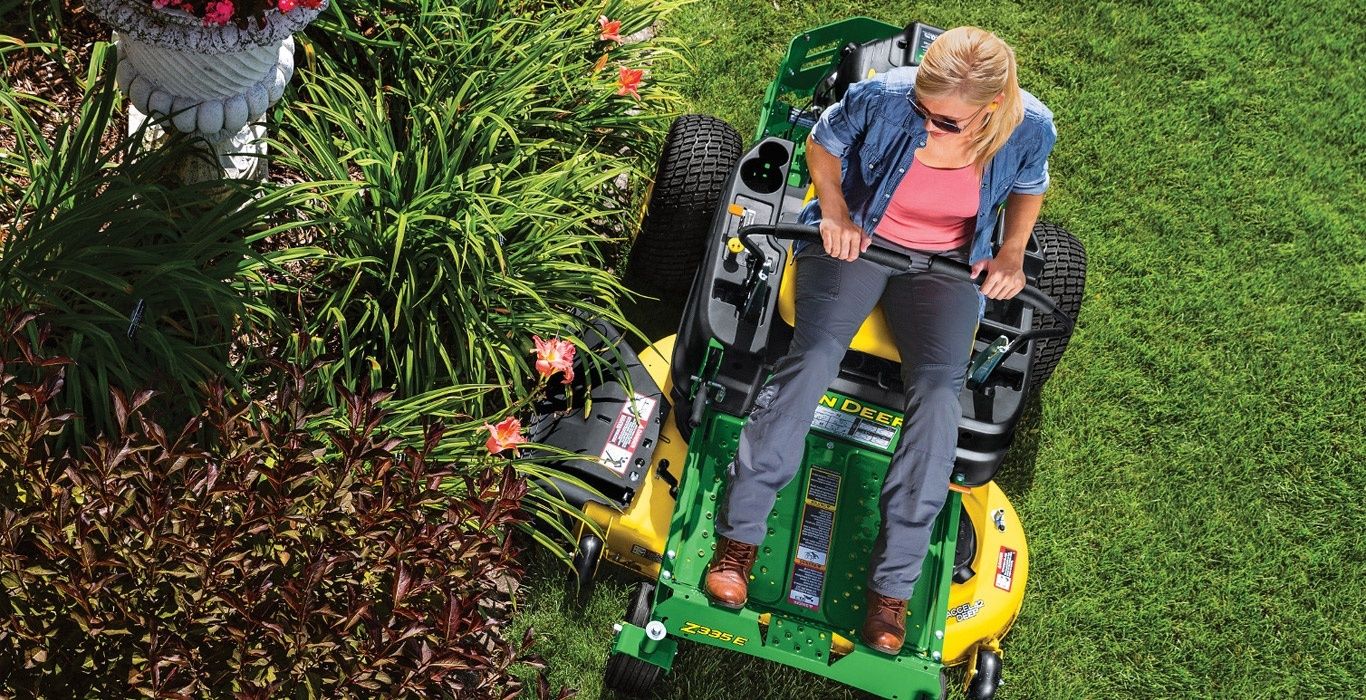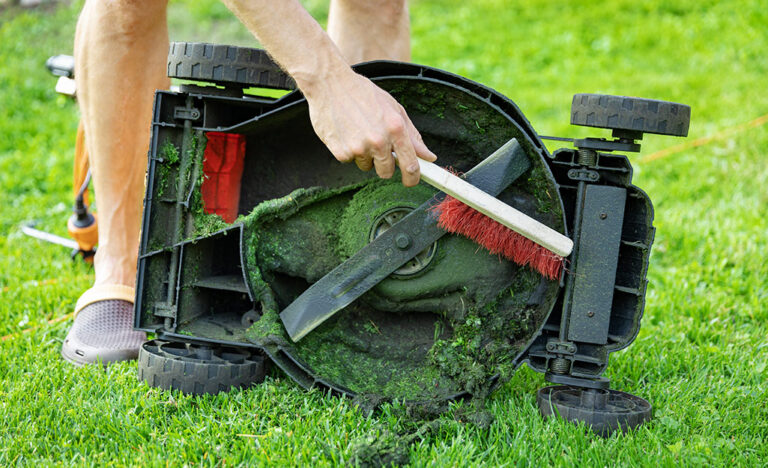When it comes to lawn care, most people focus on watering, fertilizing, and mowing regularly, but few realize that the type of mower blade they use plays a huge role in the lawn’s overall health and appearance. Not all blades are created equal.
Depending on your lawn’s needs, switching to a different blade style could dramatically improve your mower’s performance and your lawn’s finish.
Why Blade Type Matters
Choosing the right blade affects everything from how clean your lawn looks after mowing to how often you need to deal with clippings. Certain blades are made for specific tasks—some lift grass higher for a precise cut, others chop clippings into fine pieces for mulching, while others are designed to push clippings directly into a collection bag.
If your mower is leaving behind messy clumps, tearing grass unevenly, or just isn’t cutting efficiently, it could be a sign that you’re using the wrong blade—or one that’s simply worn out. This is where replacement mower blades come in. Understanding each blade’s purpose helps ensure your lawn gets the right kind of cut and your mower performs the way it should.
Standard (Medium-Lift) Blades

Standard blades are what you’ll find on most new mowers. They’re slightly curved and create enough airflow to expel clippings out of the side of the mower. These blades are great for basic, regular mowing and work well on lawns that are maintained frequently.
They’re easy to maintain and don’t put too much strain on your mower, but they aren’t ideal if you want to mulch your clippings or bag them up. On thick or wet grass, they can sometimes struggle and leave behind uneven patches.
High-Lift Blades
High-lift blades have more of an upward curve along their edge, which helps lift the grass up before cutting. This leads to a cleaner, crisper cut and is especially helpful if you’re bagging clippings.
They’re ideal for dealing with tall or dense grass, or for homeowners who prefer that ultra-tidy look. The strong suction they create helps funnel the clippings straight into the bag. Just keep in mind, they do use a bit more power and can kick up dust if you’re mowing on dry or sandy soil.
Mulching Blades
If you prefer to leave your clippings on the lawn to naturally fertilize the soil, a mulching blade is your best option. These blades are shaped with more curves and extra cutting surfaces that chop grass into tiny pieces before dropping them back onto the lawn.
Mulching helps return nutrients to the soil and reduces the need for chemical fertilizers. However, these blades work best when the grass isn’t too long or wet. If you let your lawn grow out too much between mows, mulching blades can clog or leave behind clumps.
Bagging Blades
Bagging blades are specially designed to cut the grass and push clippings efficiently into a collection bag. If you’re aiming for a clean, no-mess finish—especially around sidewalks or patios—these blades do the job well.
They’re especially useful if you have allergies or just prefer the look of a spotless lawn. But they do require more effort, since you’ll need to stop and empty the bag regularly. They’re also not suited for mulching or overgrown areas.
Which Blade Is Right for You?
Think about how often you mow, what type of grass you have, and whether you like to bag or mulch your clippings. If your lawn is small and well-kept, a standard or mulching blade might be all you need. If you often deal with tall or thick grass or prefer to bag everything up, a high-lift or bagging blade is probably a better fit.
Also, consider your mower model—some blades are only compatible with certain machines. If you’re unsure, check your user manual or talk to a local lawn care expert before making a switch.
Conclusion
Your lawn deserves more than a quick once-over with whatever blade happened to come with your mower. With the right blade, mowing becomes easier, your grass stays healthier, and your yard looks its best.
Whether you’re mulching for a greener lawn, bagging for a clean finish, or just trimming week by week, choosing the right blade makes all the difference. Take a moment to inspect your current blade. If it’s worn or not performing like it used to, it might be time to look into quality replacement mower blades.

